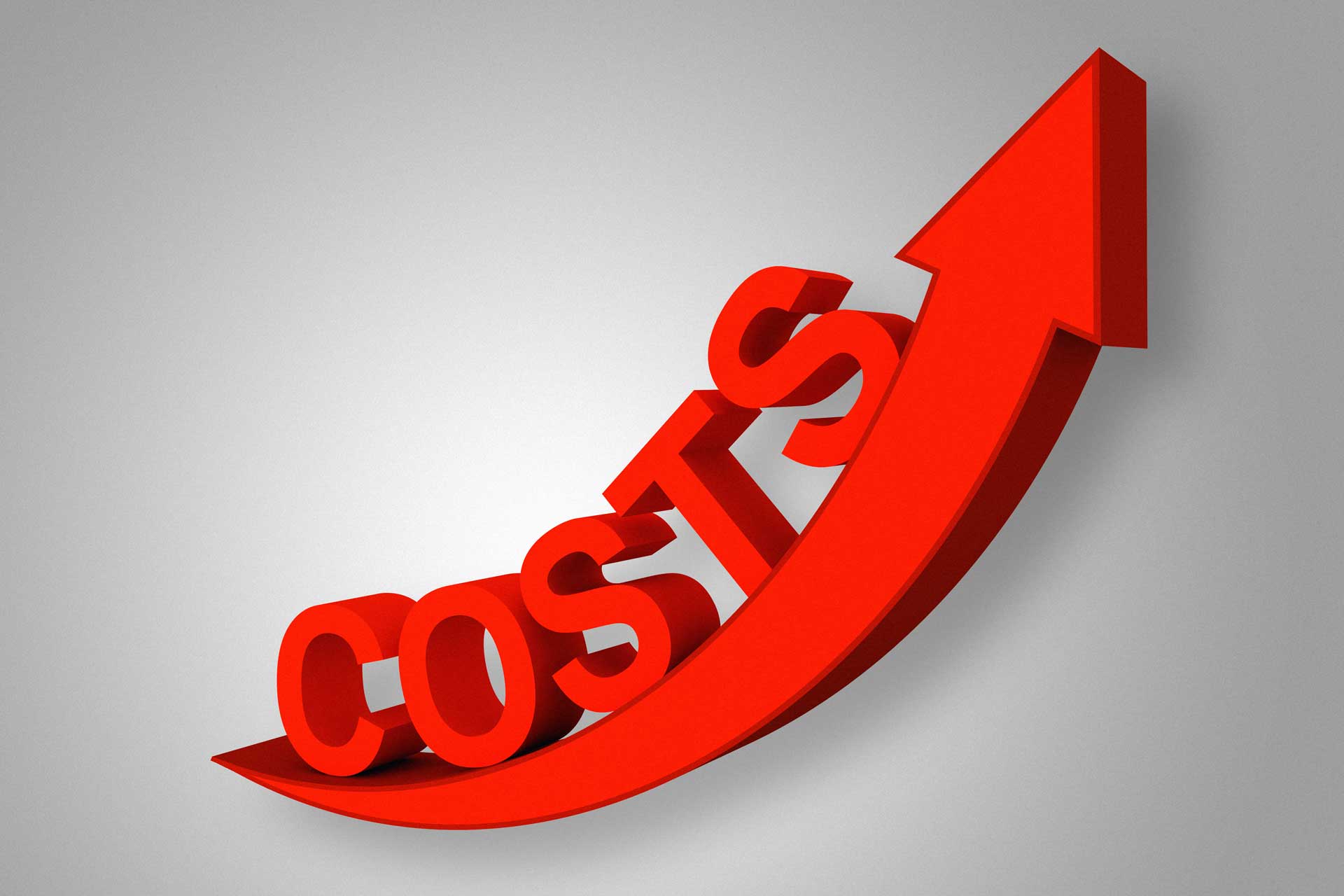
Ongoing pandemic-related shortages mean labor and material costs are rising, and so is customer demand. Facing long finished products and raw materials delays, small to medium-sized manufacturers are being forced to adapt quickly. In fact, here’s a Reuters list of comments from U.S. companies describing their efforts to counter this inflationary environment. The good news? While manufacturers face intense cost pressure, many customers have been willing to accept higher prices. But regardless of the circumstances, communicating price increase is no easy task. While consumers understand the challenges industries are up against, it won’t make the idea of spending more money any more fun or appealing.
So as we head into 2022, what are the most effective ways to communicate price hikes without damaging your customer relationships – and is that even possible? We’re relaying tried and true research-backed methods released by Harvard Business Review to paint a clear picture of the message your customers need to hear.
Call the action what it is: a price increase.
Don’t label it a price adjustment, a price change, or other jargon. Rather than tiptoeing around the inevitable – be direct. Your current circumstance means your customer will need to pay more out of pocket. Decades of consumer psychology research has found that complicating bad news rarely pays off for companies. Customers know that brands are trying to influence their opinions and behavior and appreciate it when they use helpful, transparent, and informative communication methods. When a brand uses a code word to convey a price increase, it does not distract customers or dilute the negative impact of the news. It tends to make recipients more cautious and critical of the announcement.
Clearly explain the price increase.
The realities of inflation, widespread material and labor shortages, rising input costs, and the return to “normalcy” are on everyone’s mind. Under such circumstances, when customers learn that a brand’s price is increasing, it simply confirms what they’ve been expecting. Don’t overcomplicate your message, be straightforward and honest. Research shows that the perceived fairness of a price increase is the second-biggest driver of how customers react.
Link the price increase to a customer-centric value narrative.
When communicating a price increase, provide a value narrative — a compelling story for why the price is increasing that focuses on customer value. A value narrative can be effective even when the price increase is predominantly due to input cost increases. Communicate to customers that the brand can only continue to provide the current level of benefits if it raises the price. It’s powerful to let customers know that your company is committed to excellence and opting not to degrade the product’s quality. Remember: customers are more willing to accept a price increase if it’s accompanied by improvements to your product or service. Better quality fabric in the clothing you manufacture, or even new packaging for your product can help justify a price increase.
Is there a best time of year to raise prices?
That’s a tricky question, and the answer is there is no one size fits all date or time of year that will work for everyone. Whatever time of year you decide you need to make the change, ensuring that your customers have ample time to come to terms with the price increase is key. They may need to re-assess their budget or consider alternative options, so you should keep them in the loop with advance notice. It should also go without saying, but make sure everyone on your team is aware of the price adjustments and that you help your team navigate any questions they may have, too. Our Manufacturing Services Group works with businesses in diverse industries, from building materials to food processing, specialty sporting goods, commercial lighting, health, beauty, pharmaceuticals, and more. Whatever the size of your venture, we can help you meet your goals now and in the future. Contact our RBT team of professionals to review your specific manufacturing needs. Additionally, if you would like to submit feedback or topic ideas for future articles our team produces, please feel free to contact us at TLideas@rbtcpas.com.
